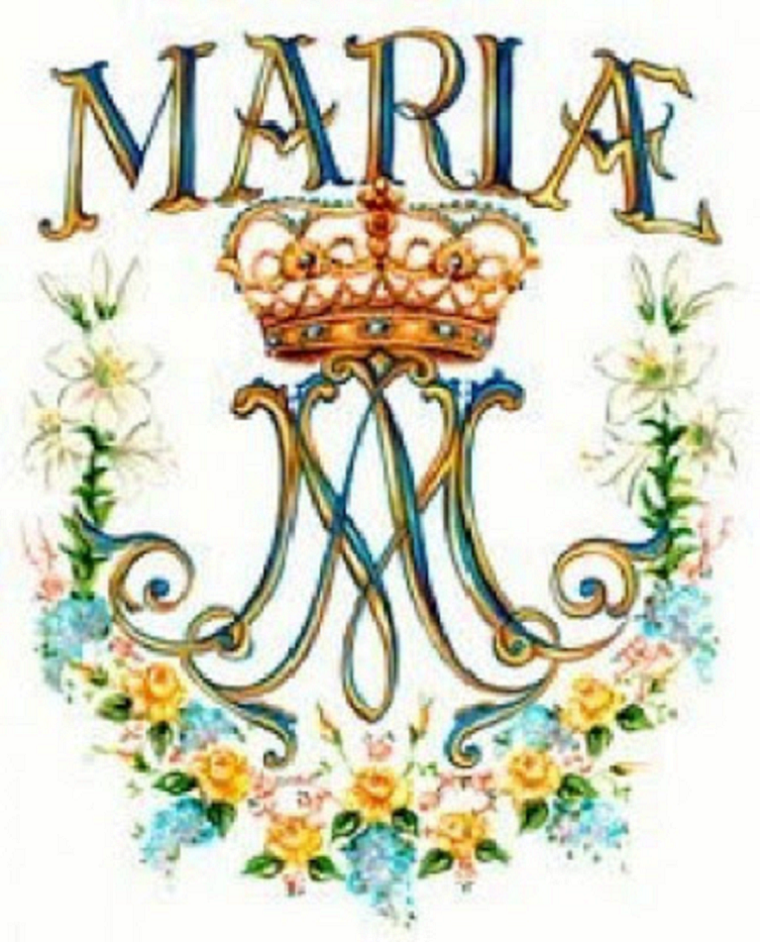Text from The Saint Andrew Daily Missal,
unless otherwise stated.
The Exaltation of The Holy Cross.
Feast Day 14 September.
Greater-Double.
Red Vestments.
The Exaltation of The Holy Cross.
Illustration: UNA VOCE OF ORANGE COUNTY
Artist: René de Cramer.
“Copyright Brunelmar/Ghent/Belgium”.
Used with Permission.
English: The High Altar,
Church of The Holy Cross, Regensburg, Germany.
Deutsch: Altar Heilig Kreuz.
Photo: 23 July 2015.
Source: Own work.
Author: Dirsch
(Wikimedia Commons)
The Exaltation of The Holy Cross.
Solemn Pontifical Mass in The Extraordinary Form of The Roman Rite in Thanksgiving for the 10th Anniversary of Summorum Pontificum. Celebrated by The Most Reverend Joseph N. Perry, Auxiliary to The Archbishop of Chicago at The Cathedral Basilica of Saints Peter and Paul, Philadelphia, Pennsylvania. 14 September 2017.
Available on YouTube at
On 14 September 335 A.D., there took place The Dedication of Constantine's Basilica, which enclosed both Calvary and The Holy Sepulchre. “At this date,” says Etheria, “The Cross was discovered. And the Anniversary is Celebrated with as much Solemnity as Easter or The Epiphany”.
Such was the origin of The Feast of The Exaltation of The Cross. "When I shall be raised on high, I shall draw everything unto Me" (Gospel), Jesus had said.
It is because The Saviour humbled Himself, being obedient even to the Death of The Cross, that God exalted Him and gave Him a name above all other names (Epistle). Wherefore, we must glory in The Cross of Jesus, for He is our Life and our Salvation (Introit) and He protects His servants against the wiles of their enemies (Offertory, Communion, Postcommunion).

Towards the end of the reign of Phocas [Editor: Byzantine Emperor, 602 A.D. - 610 A.D.], Chosroes, King of Persia, says the legend of The Breviary, took Jerusalem, where he put to death several thousand Christians and carried off to Persia The Cross of Our Lord Jesus Christ, which Saint Helen had placed on Mount Calvary.
Heraclius, the successor of Phocas, had recourse to many Fasts and Prayers, imploring with great fervour the help of God. He assembled an army and defeated Chosroes. He then insisted on the restitution of The Cross of The Lord.
Thus, the precious Relic was recovered after an interval of fourteen years. On his return to Jerusalem, Heraclius carried it on his shoulders, in great pomp, to the Mount where the Saviour, Himself, had borne it (629 A.D.).

An extraordinary Miracle marked the occasion. Heraclius, who was loaded with ornaments of gold and precious stones, was held back by an invisible force at the entrance gate of Mount Calvary, and vain were his efforts to enter.
As the Emperor and all those who witnessed the scene were astonished, Zacharias, Bishop of Jerusalem, said to him: “Consider, Oh, Emperor, that, with these triumphal ornaments, you are far from imitating the poverty of Jesus Christ and His humility in bearing His Cross”.
Heraclius, thereupon, doffed his splendid garb and walked barefoot with a common cloak on his shoulders to Calvary, where he again deposited The Cross. The Feast of The Exaltation of The Holy Cross on the original spot, the Anniversary of which was Celebrated on this day, became of great importance.

Let us join, in spirit, The Faithful, who, in the Church of The Holy Cross, at Rome, Venerate on this day the Relics of The Sacred Wood, exposed for the occasion, so that, having been privileged to adore it on this Feast, when we rejoice for its Exaltation, we may, likewise, possess for all Eternity the Salvation and Glory that The Cross has won for us (Collect, Secret).
Mass: Nos autem gloriari oportet in Cruce Domini nostri Jesu Christi (“But it behoves us to glory in The Cross of Our Lord Jesus Christ”).
Creed.
Preface: Of The Holy Cross.
“The Exaltation of The Holy Cross”,
from Les Très Riches Heures du Duc de Berry
(Musée Condé, Chantilly, France).
This File: 14 April 2005.
User: Petrusbarbygere
(Wikimedia Commons)
The following Text is from Wikipedia - the free encyclopædia.
In Roman Catholic Liturgical Observance, Red Vestments are worn at Church Services conducted on this day, and, if the day falls on a Sunday, its Mass Readings are used instead of that for the occurring Sunday in Ordinary Time. The Lectionary of The Church of England (and other Anglican Churches) also stipulates Red as The Liturgical Colour for “Holy Cross Day”.
14 September is The Titular Feast of The Congregation Of Holy Cross, The Companions Of The Cross and The Episcopal Church’s Order Of The Holy Cross. This date also marked the beginning of the period of Fasting, except on Sundays, and ending on Easter Sunday, that was stipulated for Carmelites in The Carmelite Rule Of Saint Albert of 1247.
The Rule Of Saint Benedict also prescribes this day as the beginning of Monastic Winter (i.e., the period when there are three Nocturns of Psalms and Readings at Matins), which also ends at Easter.
“The Mass Of The Foundation Of The Trinitarian Order”.
Artist: Juan Carreño de Miranda.
Illustration: LOUVRE
THE SAINT ANDREW DAILY MISSAL
Available (in U.K.) from
Available (in U.S.A.) from
Attribution of Floral Background:






































